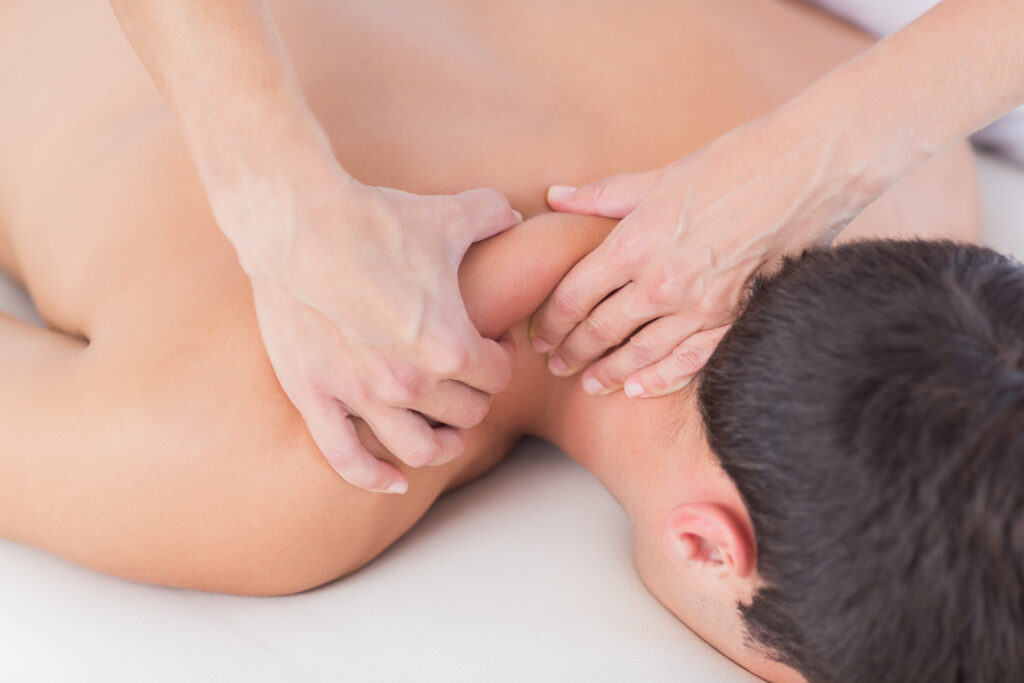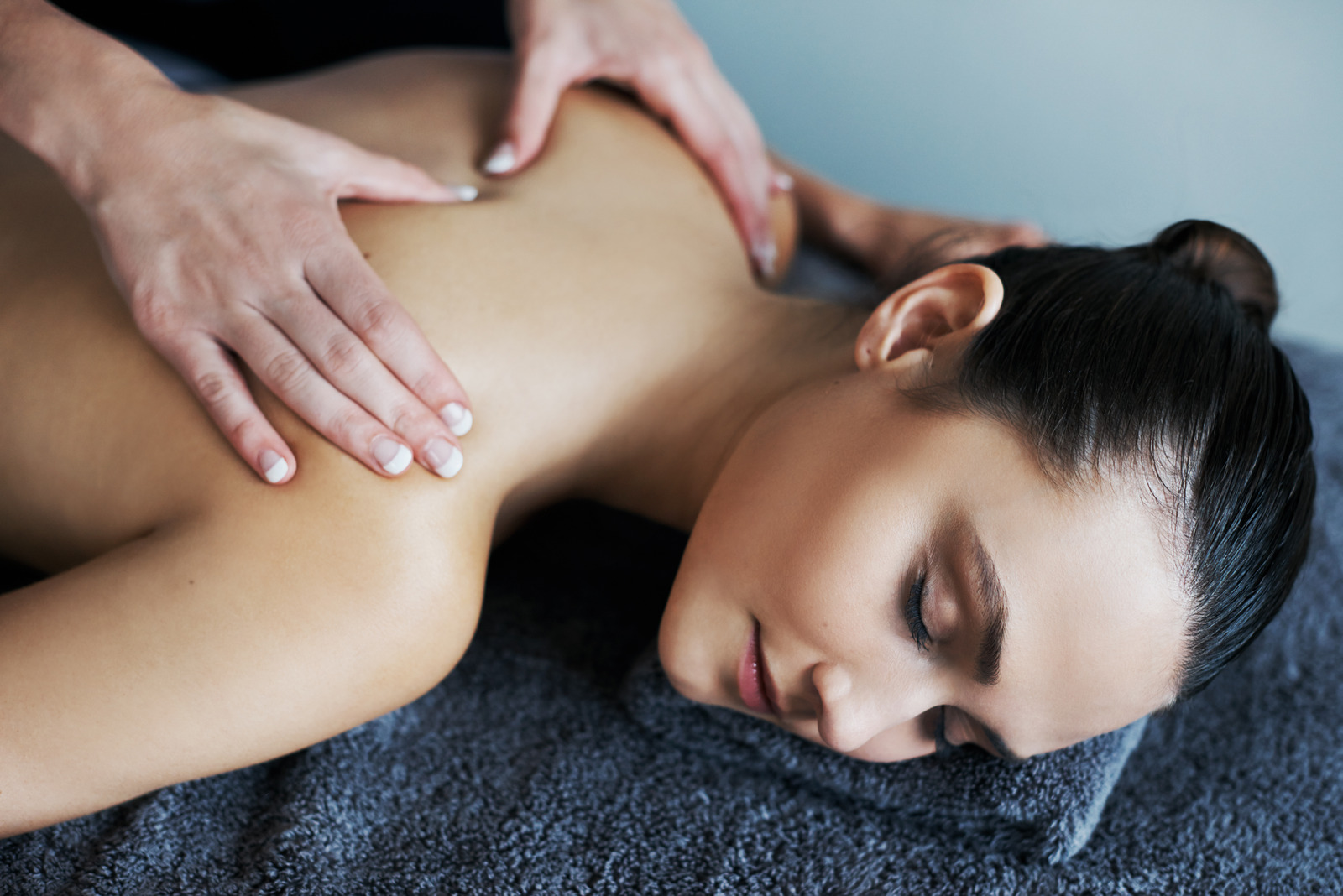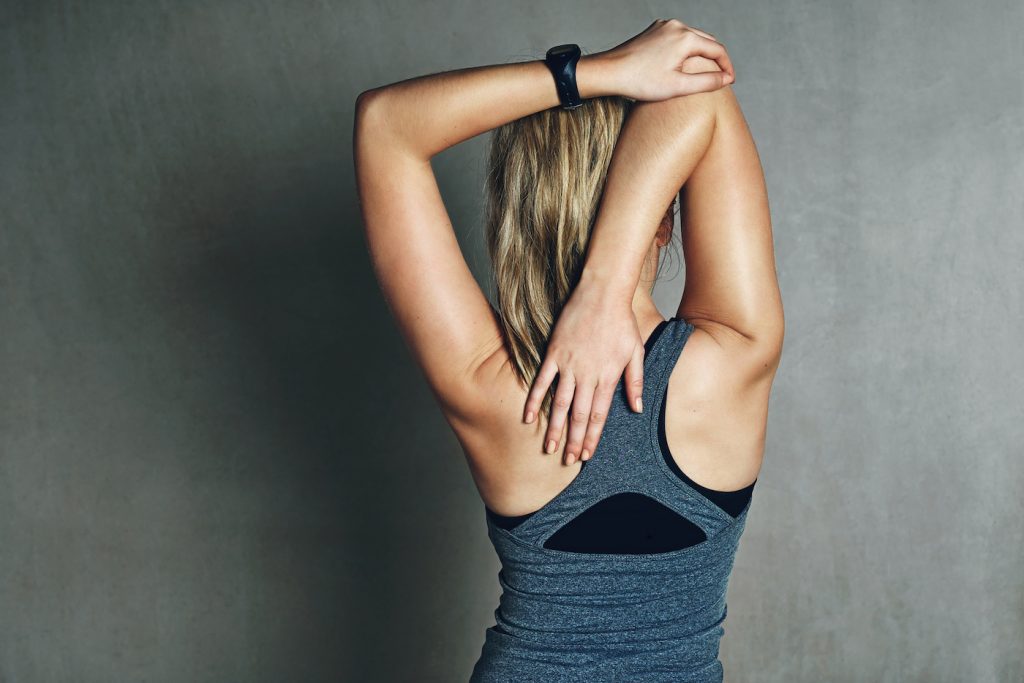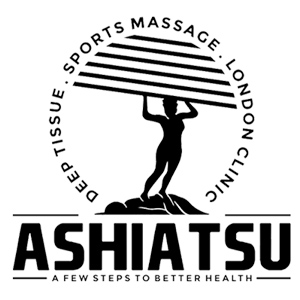Muscle knots are caused by spasms that cause a part of the muscle to tighten and become painful and sensitive. The shoulder blades’ upper back, neck, bottom, and legs commonly find these painful knots. Even though the word suggests otherwise, the muscle has not twisted or knotted up.
Muscle knots, strained muscle fibers, or fascial tissue can be very painful. Most of the time, they are caused by something that hurts a muscle repeatedly, like endurance training. After working out the same group of muscles for a long time, athletes will get muscle knots. Your muscles often get tight when you stay in an uncomfortable position for a long time.
Some things, like driving for a long time, sleeping in an awkward position, or sitting at a computer all day, can make a muscle sore enough that it “knots up.” Since muscle knots can’t be seen on scans, doctors don’t know what the painful muscle is doing.
Some doctors say that muscle spasms can cut off blood flow and make the area where the muscle is knotted hurt. Some people think the nerves are to blame for the painful and uncomfortable spasms. In any case, a muscle knot hurts, and the pain can last for days or weeks or even turn into a long-term problem. You might be unable to work or do your favorite things because of the pain. So Contact London Back Massage therapist immediately to relieve pain.

Why do muscles get knots?
Muscle knots are common in the lower back, neck, and shoulders, though they can appear elsewhere. They can sometimes make other body parts feel bad, leading to headaches and earaches. When you experience any of these symptoms, it’s time to consider the most prevalent causes of muscle knots and devise a plan to alleviate the discomfort and prevent it from returning.
Overuse or injury:
Myofascial trigger points are often caused by damage to the lower back muscles. This can be caused by heavy lifting, doing the same thing over and over (overuse), trauma, or sprains or strains. In response to the area’s damage, muscle guarding makes the muscles tighten and bunch up to protect the back from more damage. Back knots can happen to athletes and people who don’t play sports if they lift weights, do aerobic exercise, or don’t stretch properly.
Dehydration:
You probably already know that being dehydrated can affect your whole body, but did you know that it can also cause muscle knots? Also, being dehydrated can make all kinds of pain feel worse and make your trigger points hurt more. Ensure you drink enough water to stay healthy, avoid muscle knots, and keep your body in good shape.
A Poor Stance:
Have you ever had a knot or two that wouldn’t go away after moving to a new chair or changing the way you sit? It’s not a lucky accident. On the other hand, the way you sit could cause knots in your lower and middle back. When you have a bad posture and slump for a long time, you can strain and tighten the trapezius muscle (the upper back muscle that helps you turn your head). In the same way, some muscles can get knots if you sleep in an uncomfortable position.

Sitting All the Time:
People are becoming less active, and we can already see some long-term effects. Long periods of sitting can cause shoulder and upper back knots and other physical problems. Most of the time, sitting still is bad for your back and whole body, and it can also lead to weak hips, bulging lower back discs, and sciatica.
Stress and Tension:
Your body’s tension is directly related to your life’s stress, worry, and tension. Mental and emotional stress can cause long-term muscle tension, leading to muscle knots and even long-term musculoskeletal disorders.
How Can I Get a Back Knot Out?
Stretch:
Gentle stretches can help relax the tight muscles and ease the pain. Stretching can also help keep you from getting knots. Those who suffer from frequent muscular knots should consult London Back Massage therapist for advice on how to relax tight muscles and prevent further knots from forming.
Exercise:
Muscle knots may also be relieved by aerobic activity. If the knots are in your shoulders or neck, jumping jacks, swimming, band pull-aparts, shoulder rotations, and other exercises that work the muscles in your shoulders and neck can help relieve the stress in the fibers. So, the muscle fibers lengthen, and blood flow gets better. Muscle fiber and tissue repair are helped by more blood flow. If you any queries related to Back Massage contact Back Massage London immediately.


